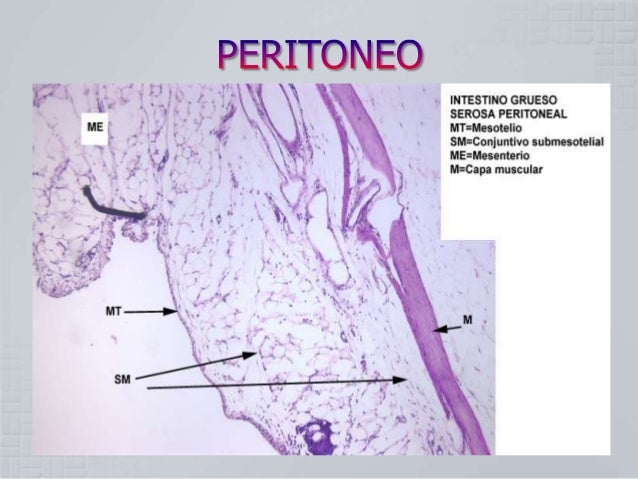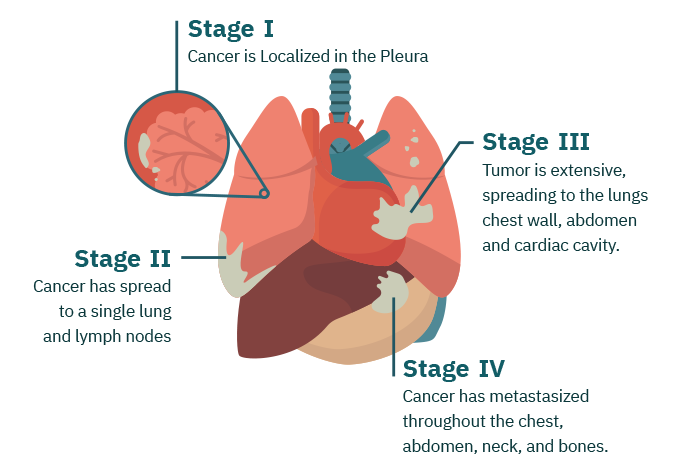The
risk associated with the development of mesothelioma is derived from
the prolonged inhalation of asbestos particles or dust. Due to the different uses or applications of asbestos, many people are
at risk of developing mesothelioma, especially if their profession
involves working with, handling, or being in the presence of asbestos.
However,
the hazards associated with asbestos exposure will not be known until
the mid-1970s, long after the material was used in various and different
industries. For many who are diagnosed with the disease, the symptoms of
mesothelioma do not seem much after the first exposure to asbestos,
often long after they work in professions that involved the presence of
asbestos.
What are the types of mesothelioma? - There are four known types of mesothelioma that exist, each bearing the name of the area or organ that they affect. The types of mesothelioma are:
1. Pleural mesothelioma: affects the lining of the lungs, also known as the pleura or the pleural lining. This is the most common type of mesothelioma, which affects around 70% to 75% of patients diagnosed with the disease.
2. Peritoneal mesothelioma: It develops in the peritoneal lining, which is the protective lining of the abdominal cavity. This type of mesothelioma is the second most diagnosed, present in approximately 20% of patients with mesothelioma.
3. Pericardial mesothelioma: Formed in the protective sac that surrounds the heart, which is the pericardium. This type of mesothelioma is rare compared to the types of incidents, which occur in only 5% of mesothelioma cases.
4. Testicular mesothelioma: It develops in the tunica vaginalis of the
testes and is the rarest type of mesothelioma, with only about 100
cases registered in total in the last 60 years.
Legal Issues Relating to Mesothelioma - After the dangers posed by
exposure to asbestos are related as the main cause of mesothelioma,
there were many disputes in the courts regarding compensation and
damages.
The
fact is that although reports on asbestos risks to human health were
made public in the 1970s, knowledge of possible risks was well known
before. Many companies that use asbestos products often did not adequately
warn their employees about the inherent dangers and did not take the
necessary precautions and safety procedures to protect their workers.
Due
to inaction, many companies are responsible for their negligence to
adequately provide for the health and welfare of their workers. Even today, mesothelioma and asbestos remain a common problem or the subject of litigation in the United States.
In
the event that a person is diagnosed with mesothelioma, it is important
to seek legal advice to determine if compensation is due as a result of
negligence on behalf of an employer or company.
viernes, 15 de diciembre de 2017
What is mesothelioma?
Mesothelioma is a type of cancer, which affects a tissue that covers our heart, lungs, the stomach and other organs. (This fabric is called Mesetolio)
The cancer
is caused after breathing for a long time asbestos, which has been used
to cover houses, and as a roof for certain homes, this material releases
a toxic substance that creates mesothelioma cancer.
There are 2 types of Mesothelioma cancer:
It can be benign (not cancerous)
Malignant (cancerous)
There are 2 types of Mesothelioma cancer:
It can be benign (not cancerous)
Malignant (cancerous)
Several of the symptoms of mesothelioma cancer are
Trouble breathing
Pain below the rib cage
Pain below the rib cage
Pain, swelling, or lumps in the abdomen
Weight loss without apparent cause
Sometimes, it is difficult to recognize the difference between malignant mesothelioma and lung cancer. For the diagnosis, your doctor will use imaging tests and a biopsy. Often, malignant mesothelioma is detected when it is already advanced. This makes its treatment difficult. The treatment includes surgery, radiation and / or chemotherapy.
Sometimes, it is difficult to recognize the difference between malignant mesothelioma and lung cancer. For the diagnosis, your doctor will use imaging tests and a biopsy. Often, malignant mesothelioma is detected when it is already advanced. This makes its treatment difficult. The treatment includes surgery, radiation and / or chemotherapy.
Suscribirse a:
Comentarios (Atom)

